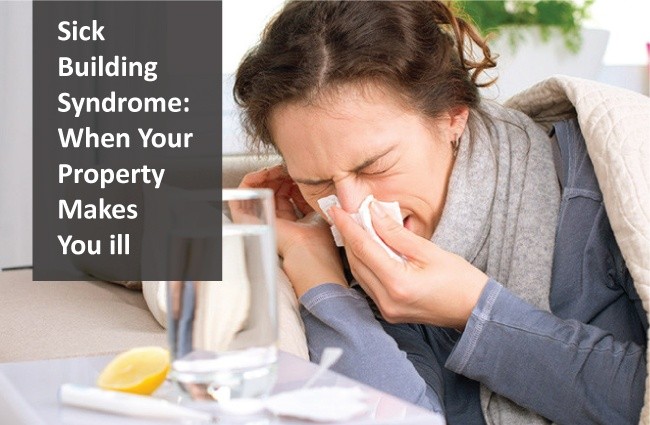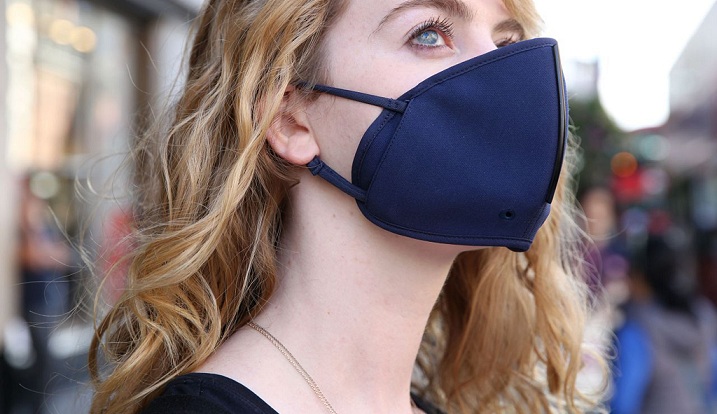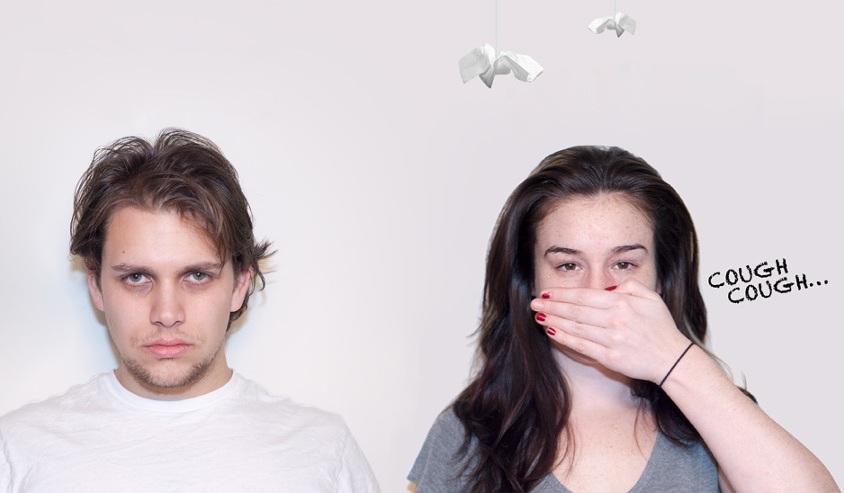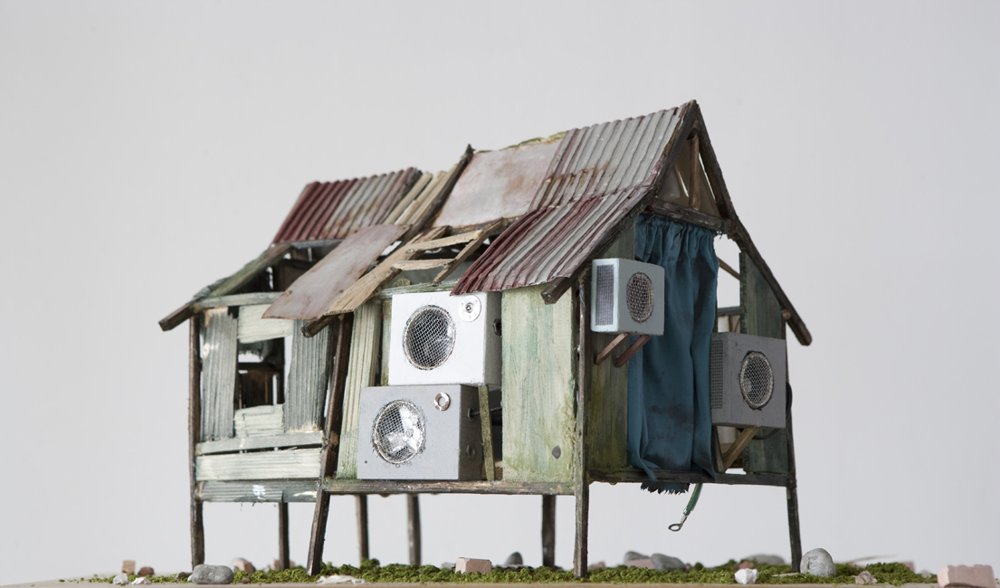News & Articles Sick Building Syndrome: When Your Property Makes You ill
Sick Building Syndrome: When Your Property Makes You ill
6 Oct 2015

Despite its rather worrying name, The Sick Building Syndrome doesn’t mean that your building is sick (cough, cough). Rather, it is actually a phenomena documented all over the world whereby people working or living in a building fall sick together from an unknown source. Although it sounds scary, this phenomena does actually have a realistic, scientific origin.
Old buildings are more prone to the Sick building syndrome, which is not very easy to pinpoint. Usually the sick building syndrome is diagnosed by experts when a group of people who spend time in the building fall sick and no other reason can be found. When we say other reasons, it includes things like a contagious diseases caused by bacteria or virus, food poisoning from the company cafeteria and the like.
However, in cases whereby Sick Building Syndrome has been diagnosed, the cause of the people’s illness has been boiled down to several types of causes.

In some cases, there were more than one source of contaminant. Among the causes were:
• Release of toxic gasses from building materials like glues, sealants and lubricants. This is called outgassing.
• Bad ventilation, causing build-up of contaminants
• Volatile organic compounds which are also known as reactive gasses. These are vapours which are released from things like paint.
• Molds or fungi that release dangerous spores, causing lung infections.
• Breakdown of building exhaust
• Release of ozone gasses from office machinery
• Insufficient natural light and fresh air, causing dampness
• Low humidity
• Electrostatic charges from wrongly set up computers
• Badly designed chairs and work tables
As the description suggests, the Sick Building Syndrome happens mostly in commercial buildings. However, it can also happen in apartment blocks and houses.

The symptoms of sick building syndrome include:
• Headache and nausea
• Dizziness
• Aches and pains all over the body
• Difficulty breathing, tightness in chest
• Irritations to the eyes and throat
• Coughing
• Feeling tired or fatigued
• Runny nose
• Itchy and irritated skin
If you are a commercial building owner and your tenants come to you with these complaints, do try to consider Sick Building Syndrome as a possibility and contact the Health Department to conduct a thorough examination.

If you want to improve your property to prevent Sick Building Syndrome, some of the things you can do include:
• Install exhaust fans, if there are none.
• Install more windows that can be opened periodically to let fresh air and natural sunlight in
• Clean and service your air conditioning regularly
• Get ergonomic and user friendly furniture and office equipment
• Service office machinery regularly
• Do not allow any of your tenants to smoke indoors
• Make sure everything is clean and dust free
Old buildings are more prone to the Sick building syndrome, which is not very easy to pinpoint. Usually the sick building syndrome is diagnosed by experts when a group of people who spend time in the building fall sick and no other reason can be found. When we say other reasons, it includes things like a contagious diseases caused by bacteria or virus, food poisoning from the company cafeteria and the like.
However, in cases whereby Sick Building Syndrome has been diagnosed, the cause of the people’s illness has been boiled down to several types of causes.

In some cases, there were more than one source of contaminant. Among the causes were:
• Release of toxic gasses from building materials like glues, sealants and lubricants. This is called outgassing.
• Bad ventilation, causing build-up of contaminants
• Volatile organic compounds which are also known as reactive gasses. These are vapours which are released from things like paint.
• Molds or fungi that release dangerous spores, causing lung infections.
• Breakdown of building exhaust
• Release of ozone gasses from office machinery
• Insufficient natural light and fresh air, causing dampness
• Low humidity
• Electrostatic charges from wrongly set up computers
• Badly designed chairs and work tables
As the description suggests, the Sick Building Syndrome happens mostly in commercial buildings. However, it can also happen in apartment blocks and houses.

The symptoms of sick building syndrome include:
• Headache and nausea
• Dizziness
• Aches and pains all over the body
• Difficulty breathing, tightness in chest
• Irritations to the eyes and throat
• Coughing
• Feeling tired or fatigued
• Runny nose
• Itchy and irritated skin
If you are a commercial building owner and your tenants come to you with these complaints, do try to consider Sick Building Syndrome as a possibility and contact the Health Department to conduct a thorough examination.

If you want to improve your property to prevent Sick Building Syndrome, some of the things you can do include:
• Install exhaust fans, if there are none.
• Install more windows that can be opened periodically to let fresh air and natural sunlight in
• Clean and service your air conditioning regularly
• Get ergonomic and user friendly furniture and office equipment
• Service office machinery regularly
• Do not allow any of your tenants to smoke indoors
• Make sure everything is clean and dust free
Source: DurianProperty.com
Latest Posts
-
November Auction Carnival 2025 Returns — Nearly 600 Properties Up for Grabs!
-
SkyWorld raih emas pertama di Anugerah ESG The Edge Malaysia 2025
-
NCM Co Celebrates 38 Years of Auction Excellence with 8 Hours of Non-Stop Property and Vehicle Bidding at the July Auction Carnival 2025
-
Celebrating 38 Years of Auction Excellence with Over 700 Units Up for Grabs at July Auction Carnival 2025
-
Strata Sense: Demystifying strata living